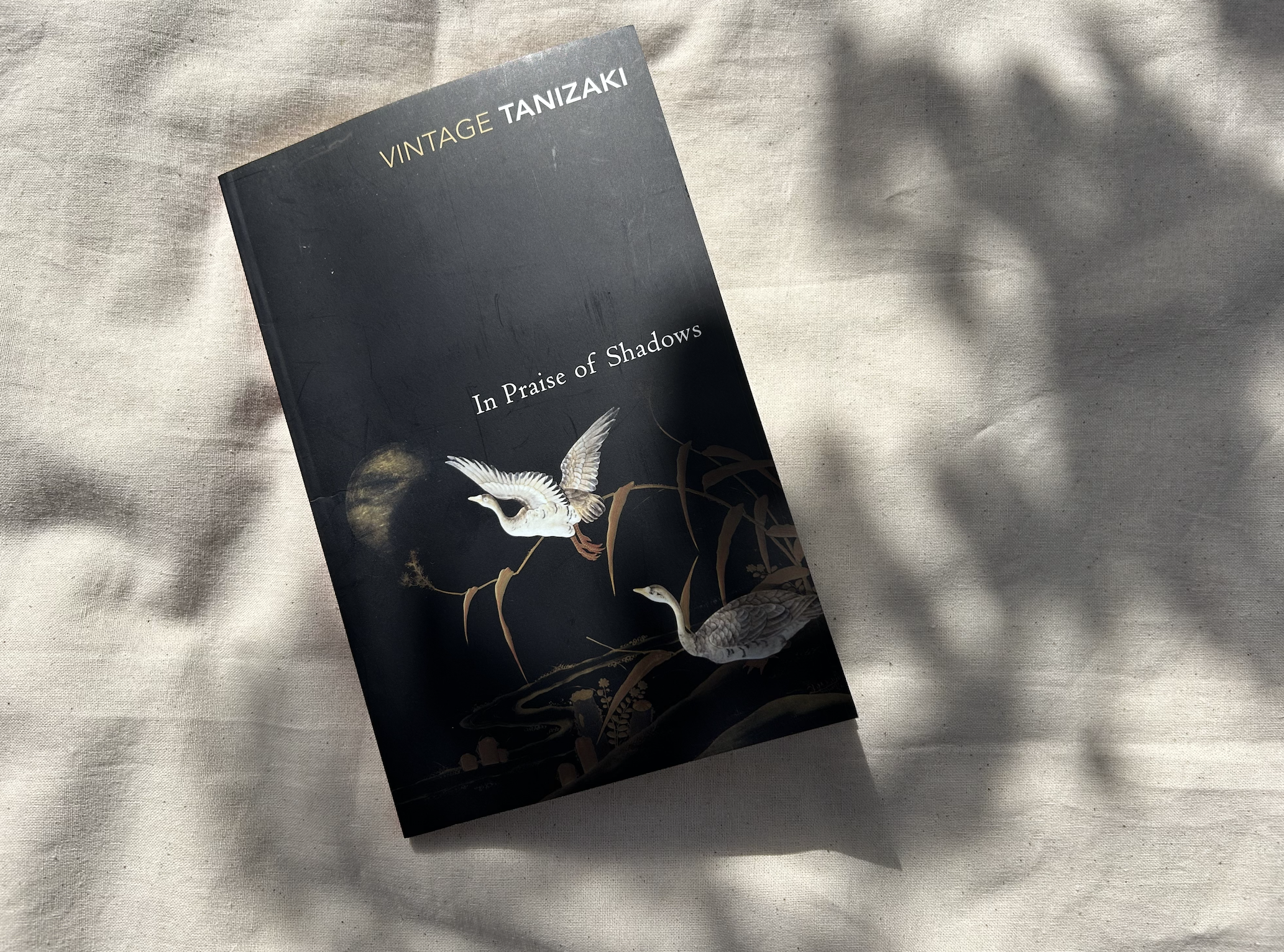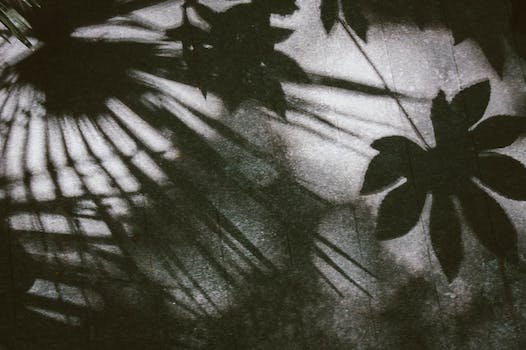The Best Japanese Design Book : In Praise of Shadows
In our journey through a world bathed in bright lights and defined by clean lines, it's easy to miss the subtle beauty concealed within the shadows.
In his reflective essay "In Praise of Shadows," Japanese author Jun'ichirō Tanizaki urges readers to delve into the allure of the hidden, the obscure, and the understated.
Originally published in 1933, Tanizaki's essay explores traditional Japanese aesthetics and offers poignant commentary on Japan's evolving cultural landscape in the early 20th century. Through eloquent prose, Tanizaki prompts readers to recognize the delicate dance between light and dark, and the profound impact of shadows on the human experience.
Jun'ichirō Tanizaki's work, "In Praise of Shadows," is a quintessential Japanese design book that delves into the subtleties of everyday objects and embodies the Japanese sensibility towards design. In the midst of a consumerist age, Tanizaki's contemplative exploration provides a comprehensive overview of Japanese design, offering a unique concept of design rooted in the concept of "hodo-hodo," or the beauty of moderation.
This Japanese design book goes beyond the conventional understanding of design, as Tanizaki's "In Praise of Shadows" is a celebration of the natural world and a concise exploration of some key aesthetic principles. Grounded in Japanese culture, the book unravels design principles that professional designers and enthusiasts alike can draw inspiration from.
Tanizaki, a prominent Japanese author, employs the concept of "wabi-sabi" throughout his work, praising imperfections, the patina of age, and the beauty found in the aging and decay of objects. The book serves as a testament to Japanese creativity, emphasizing the use of different materials and the importance of embracing the transient nature of things.
"In Praise of Shadows" stands among great books on Japanese aesthetics, providing a book synopsis that goes beyond the surface and dives deep into the cultural roots of Japan. It is essential reading for anyone interested in the discussion of design terminology and gaining unique insights into the art of Japanese architecture.
As Tanizaki reflects on the culture of Japan, the book offers a comprehensive discussion of design principles that extend beyond the physical realm, influencing the mindset and behaviors deeply ingrained in Japanese society. Through his eloquent prose, Tanizaki provides a nuanced exploration of the cultural and aesthetic essence of Japan, making "In Praise of Shadows" an indispensable resource for those seeking to understand the heart of Japanese design.
"In Praise of Shadows" delves into various aspects of Japanese art, architecture, literature, and even the rituals of daily life, shedding light on the nuanced interplay between light and darkness. Tanizaki emphasizes how the subtleties of shadow and dimness can enhance the sensory experience, fostering a deep sense of tranquility and introspection often obscured in a world fixated on bright, blinding illumination.
A central theme in Tanizaki's essay is the concept of wabi-sabi, a Japanese aesthetic celebrating imperfection, impermanence, and the unconventional beauty found in the aging and decay of objects. Tanizaki extols the virtues of weathered materials, aged patinas, and muted elegance, arguing that these elements, often concealed in darkness, possess a rare and understated charm overshadowed by the relentless pursuit of modernity and uniformity.
Tanizaki's reflections on shadow aesthetics extend beyond physical spaces, encompassing customs and behaviors defining Japanese culture. He contrasts the subdued ambiance of traditional Japanese architecture with the glaring brightness of Western-influenced designs, lamenting the loss of intimacy and warmth in the face of this shift.
Moreover, "In Praise of Shadows" encourages readers to consider the broader implications of embracing darkness metaphorically. Whether contemplating the enigmatic allure of ancient Noh theater, the intimacy of dimly lit teahouses, or the understated allure of calligraphy rendered in ink and brushstrokes, Tanizaki's essay prompts audiences to seek richness in obscurity and find beauty in overlooked aspects of life and art.
Key Takeaways from "In Praise of Shadows":
1. Appreciation of Imperfection: Tanizaki celebrates imperfection and the patina of age in Japanese art, architecture, and daily life.
2. Contrast of Light and Shadow: The interplay between light and shadow is central, offering mystery, depth, and tranquility against brightly lit spaces.
3. Cultural Influences: Insights into the cultural underpinnings of Japanese aesthetics, from tea ceremonies to traditional architecture.
4. Sensory Experience: Underscoring the importance of appealing to senses beyond the visual, shaping perceptions of beauty through tactile sensations and ambient sounds.
5. Evolving Perspectives: Prompting readers to reconsider perceptions of beauty and modernity, advocating for a reevaluation of the pursuit of brightness in design and architecture.
About Jun'ichirō Tanizaki:
A prominent Japanese author (1886–1965), Tanizaki's contributions to modern Japanese literature explore the clash between traditional Japanese culture and Westernization. Works like "Naomi," "The Makioka Sisters," and "The Key" delve into human psychology, sexuality, and evolving social dynamics in early 20th-century Japan.
Tanizaki's enduring legacy offers profound insights into the significance of shadows in shaping perceptions and experiences, serving as a reminder to cherish the enigmatic, transient, and mysterious beauty in the subtleties of darkness. "In Praise of Shadows" stands as an illuminating ode to the elegance of shadows, testifying to the enduring power of understated beauty in a world captivated by brightness. As we immerse ourselves in Tanizaki's musings, we are invited to reevaluate our relationship with light and darkness, discovering the profound allure of the unseen that surrounds us all. Share your thoughts on "In Praise of Shadows" and its influence on your perception of beauty and aesthetics in the comments below!



